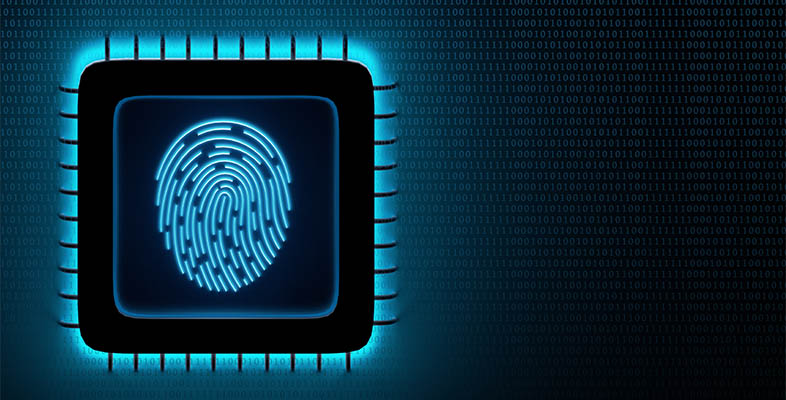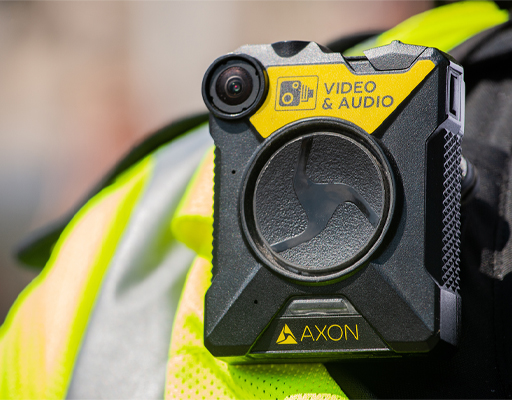1.3 Examples of modern policing innovations
While the innovation that is modern policing is now almost 200 years old, new innovations have continued to be the hallmark of policing organisations around the world. As Braga and Weisburd argue:
In response to rising crime rates and growing public dissatisfaction, police departments needed to improve their performance and innovation provided the opportunity to make these improvements. These innovations included community policing, ‘broken windows’ policing, problem-oriented policing, ‘pulling levers’ policing, third-party policing, hot spots policing, Compstat, and evidence-based policing.
While many of the innovations listed by Braga and Weisburd relate to processes and policing approaches, other innovations have been much more practical. As Brown (2014) points out, the telegraph was once a significant innovation in policing, allowing much more rapid communication between stations. Needless to say, the telegraph was eventually superseded by other innovations including the telephone and radio. While each of these technologies is still in use, in themselves they have significant innovation since they were first implemented to the point where they would be almost unrecognisable to the first users.
Yet as the consultancy Deloitte highlight, innovation is more than the use of new technologies:
Innovation is not just about the latest gadget – it’s about finding new ways to do things better. Innovations can take the form of new concepts, new methods, or new tools. But innovation tends to work best when all these forms come together to enable police and law enforcement agencies to have greater insight and impact than ever before. The innovations that are shaping the future of law enforcement begin with emerging technologies that support new concepts of operations, enabling the interventions, and relationships that keep society safe.
Activity 2 Policing innovations
What policing innovations can you think of? What forms of innovation have you seen or experienced in policing? Reflect for a moment on why you feel this was an innovation and what benefits this innovation might have brought for stakeholders and communities.
Discussion
Many of the things that are now taken for granted within policing were once important innovations. This includes things such as computers for managing and processing information and CCTV for monitoring public areas and ensuring safety. Bodycams are an example of a more recent technological innovation. Stepping away from technology, items such as high-visibility clothing and the use of bicycles to patrol areas are also innovations which have made their mark on policing.
The following section will build upon this discussion and consider various approaches to innovation.

